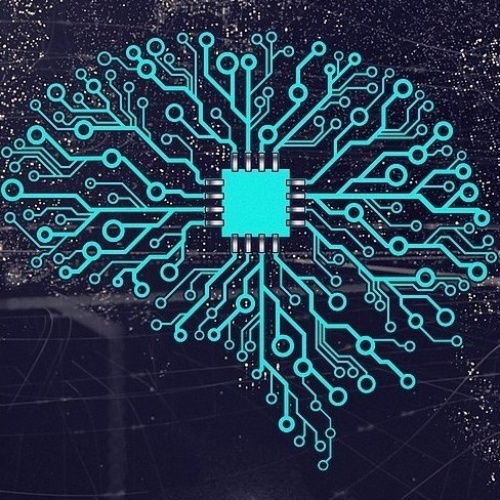
Artificial Intelligence continues to lead all technologies that quickly capture modern markets. As businesses and service providers continue to integrate AI features into their operations, the technology is expected to boost economies considerably.
According to an estimate, AI-driven GDP can rise to $15.7 trillion in eight years. The figures are astonishing, but so are some of the consequences of using Artificial Intelligence.
In one of the most bizarre episodes of scientific experimentation, AI-powered robots killed 29 scientists in Japan. While many theorists believe the story to be untrue, it’s an obvious sign that people are concerned about the downsides and risks of Artificial Intelligence.
In this post, find out some of the significant risks associated with AI and whether they are substantial enough to outplay the advantages of the technology.
AI Implementation isn’t Easy to Trace
From a risk management point of view, it’s ideal for businesses to have a complete overview of their systems and models. Especially when it comes to AI implementation, risk analyzers prefer traceability, control, and prioritization of AI risks.
But what’s surprising is that 80% of enterprise employees use non-approved SaaS tools for their work. It’s mainly due to the concept of Shadow IT that keeps some critical IT operations in hindsight, and even the IT teams are unaware of what might be happening in the background.
Generally, such software is cheaper and easier to use. Often, they are cloud-based with some built-in AI components or may be updated to include an AI feature without the IT teams knowing it. Therefore, it increases the risk factors to the business operations.
AI Can Include Program Bias to Make Decisions
A program bias is probably the most significant risk that comes with AI. When a system implements AI to learn and update the datasets, it doesn’t contribute to the dataset itself. So, essentially, an AI system is blind-sighted in terms of its data to train.
It means that an error-prone compilation of datasets will automatically lead to inaccurate decision-making, which can be disastrous for businesses.
More importantly, as AI developers can integrate a program bias all by themselves, it leads to many questions regarding the accuracy and fairness of AI-powered decision-making.
AI is a Bit Blur
Blur, or you may call it opaque, many AL algorithms are hard to decode even for those who created them. Most AL algorithms use complex mathematics to predict results, and it’s virtually impossible to reach the exact predictions theoretically.
In developer terms, they call these complex algorithms the ‘Black Box.’ Now, when the developers themselves cannot confirm the accuracy of black box predictions, it poses some obvious questions on the transparency of the outputs.
For instance, if a prospective job candidate is approved or rejected based on AI decisions, it’s not always possible for the employer company to justify why it happened.
Emotional Intelligence In Robots is not a Great Idea
Developers are focused on producing not just artificially intelligent but also emotionally intelligent robots for the future. It may be a myth, but sci-fi movies elaborate the concept pretty well.
Given that AI-powered robots can potentially err, adding emotions to their ‘abilities’ will only make it worse. A study on robotic emotional Intelligence concluded that the physical appearance of robots and their resemblance to humans causes an unsettling feeling in humans.
Conclusion
Even with the risk of security and lack of transparency, AI remains a leading technology because it’s improving efficiency for businesses around the globe. If artificial intelligence can enhance and overcome its flaws by integrating better documentation, improving control and governance, there will be fewer risks, prompting confused or reluctant users to trust the technology.




